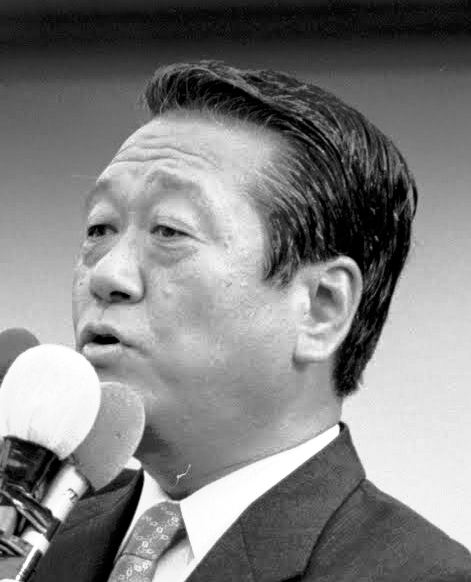July 29, 2007 2010 → 81 110 28 27 | 7 April 2006 20 September 2006 109 83 | |
 | ||
82
39.09% (Prefectural)
37.79% (National) 115
35.08% (Prefectural)
30.03% (National) | ||
The 21st Elections to the House of Councillors (第21回参議院議員通常選挙, Dainijūikkai Sangiingiin Tsūjōsenkyo) for the upper house of the legislature of Japan were held on July 29, 2007. The date was originally to be July 22, but the ruling Liberal Democratic Party (LDP) decided in mid-June to extend the session of the House for a week to finish up legislative business; this step was criticised due to the short-term delay.
Contents
- Background
- Political issues
- Results
- Proportional preference vote
- Complete list of prefectural races
- References
The House of Councillors consists of 242 members who serve six-year terms. Approximately half the members are elected every three years. The last election took place in 2004 when Junichiro Koizumi, Abe's predecessor, was in office.
The house ended its 166th session on July 5, 2007, marking the unofficial beginning of campaign. The official campaign began on July 12.
The ruling coalition of Liberal Democratic Party and New Komeito lost control, creating the first divided Diet (opposition control of the House of Councillors) since 1999. The LDP became the second party for the first time, while the DPJ became first party for the first time.
Background
The DPJ had 79 seats (82 including shin-ryokufukai) after the 2004 Upper House elections, winning 50 out of the 121 up for election, gaining 12, compared to the LDP's 49. As of February 17, 2007, the DPJ held 82 seats to the LDP's 111.
Ichirō Ozawa, the leader of the DPJ, addressed a workers' May Day rally in Yoyogi Park on April 28, 2007 setting out the party's agenda for the election. He pledged that the key policy areas would be an end to 'self-righteous' government, pension and medical reforms, and that the DPJ would 'stand in the shoes of workers, residents, and taxpayers'.
Reports throughout 2007 showed Shinzō Abe's approval ratings falling, and public support for the DPJ's position on the recent pension scandal. Several other scandals right up until the start of official campaigning did not improve the outlook for the LDP.
Political issues
Results
According to results by NHK, the LDP lost its majority in the Upper House. Meanwhile, the DPJ managed to gain the largest margin since its formation in 1996. LDP's coalition partner New Komeito lost 3 of its twelve seats. Although the opposition made it clear that they intended to officially ask for Abe's resignation, he vowed to "continue pitching" for leadership.
Most of the candidates who received international coverage were defeated in the elections - including Alberto Fujimori, Kaori Tahara, Kanako Otsuji, Yoshiro Nakamatsu, and Yuko Tojo. Notable candidates who were elected included iconoclastic former Nagano governor Yasuo Tanaka, who achieved one seat for his own New Party Nippon, and ethnic Finn Marutei Tsurunen, who was re-elected with the sixth-highest vote count on the DPJ party list.
The election resulted in the removal of numerous LDP councillors representing doctors, dentists, the construction industry and other special interest groups. Historically, such individuals had been elected solely by the votes of members of their own industries.
Proportional preference vote
Source:
Complete list of prefectural races
Elected candidates in bold
Notes:
Source:
